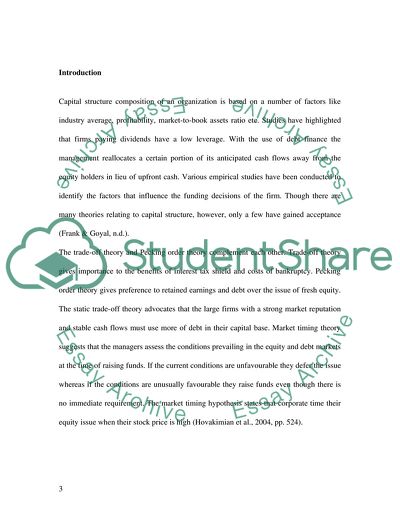Cite this document
(Capital Structure and Dividend Theory and Policy Term Paper, n.d.)
Capital Structure and Dividend Theory and Policy Term Paper. Retrieved from https://studentshare.org/macro-microeconomics/1733519-capital-structure-and-dividend-theory-and-policy
Capital Structure and Dividend Theory and Policy Term Paper. Retrieved from https://studentshare.org/macro-microeconomics/1733519-capital-structure-and-dividend-theory-and-policy
(Capital Structure and Dividend Theory and Policy Term Paper)
Capital Structure and Dividend Theory and Policy Term Paper. https://studentshare.org/macro-microeconomics/1733519-capital-structure-and-dividend-theory-and-policy.
Capital Structure and Dividend Theory and Policy Term Paper. https://studentshare.org/macro-microeconomics/1733519-capital-structure-and-dividend-theory-and-policy.
“Capital Structure and Dividend Theory and Policy Term Paper”, n.d. https://studentshare.org/macro-microeconomics/1733519-capital-structure-and-dividend-theory-and-policy.


